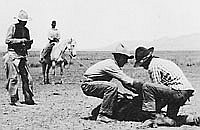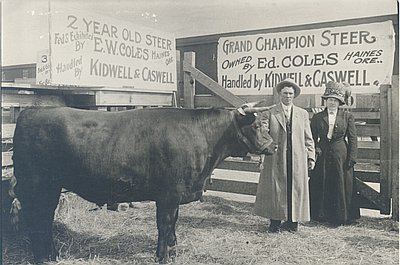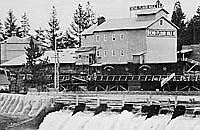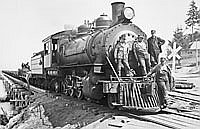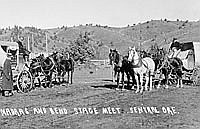Enterprise and Communities
Tourism and recreation have been the most visible economic elements for central Oregon in the post-industrial period, but retailing, agriculture, and professional services have also played important roles. In agriculture, the move from commodity crops like wheat or potatoes to specialty crops like mint oil, garlic, and seed crops has led to higher-priced products that return more to the producer. Central Oregon ranchers have moved toward selling their beef as a specialty product offered without hormones or feed-lot additives. As Connie Hatfield, rancher and activist in Brothers, is fond of saying, “De-commodify, or die.” Prineville entrepreneur Les Schwab built his tire company into the fifth largest tire business in the United States. Unlike other tire companies, Les Schwab’s business is based upon tires manufactured outside the United States, then distributed and serviced in company facilities located throughout the Western states. This is a clear example of the post-industrial model, in which basic manufacturing is contracted out to offshore primary producers.
Medical services provide an important economic engine for Bend. St. Charles Hospital and the adjacent medical-service centers are collectively one of the largest employers in the town. High technology and bio-technology are represented by Bend Research and some software firms. The lack of post-secondary education in central Oregon, however, has hampered this part of the post-industrial mix. Central Oregon citizens finally convinced the State Board of Higher Education to create a branch campus of Oregon State University in Bend in 2000.
At the beginning of the twenty-first century, Bend, Redmond, Sisters and Sunriver are emerging as the post-industrial centers of central Oregon, although all communities share post-industrial attributes. Warm Springs balances the tribal lumber mill with recreation business at Kah-Nee-Ta. Prineville serves as headquarters for the Les Schwab and the Ochoco Lumber Company, which operates other mills in John Day, Oregon, and in Lithuania. Prineville also has a group of secondary wood products plants. Madras has mint oil and seed businesses and one of the largest secondary wood products manufacturing plants in the region.
For Sisters, the end of the century brought an emphasis on tourism and retailing. The publishing business has taken root there as well, with several small presses and publications represented. Sunriver, which began as a destination resort in the 1960s, has matured into a community of permanent residents. The economic foundation of Sunriver continues to be tourism, with a substantial population of retired people.
Although all central Oregon communities have undergone rapid changes, none has been more profoundly affected by the new times than the tiny ranching town of Antelope. In June 1981, followers of Indian guru Bhagwan Shree Rasjneesh purchased the 64,000 acre Big Muddy Ranch near Antelope for $5.7 million, establishing a community they called Rasjneeshpuram. The Rasjneeshees, as they were known, gained control of the Antelope City Council in 1984 and changed the name of Antelope to Rashneesh. In August 1984, the sect began bussing homeless people from other U.S. cities to Rashneeshpuram, and registering them as Wasco County voters. After a series of bizarre incidents including an alleged attempt to poison residents of The Dalles, the Bhagwan and some of his followers fled to North Carolina. There he was arrested on charges of immigration fraud and was brought back to Oregon for trial. He was convicted, fined $400,000, and deported from the United States. The faithful accompanied the Bhagwan back to Pune, India, the homeless drifted away, the ranch was sold to new owners, and life eventually returned to normal in Antelope, which got its old name back in 1986.
© Ward Tonsfeldt and Paul G. Claeyssens, 2004. Updated and revised by OHP staff, 2014
Sections
Related Historical Records
Les Schwab
This 1979 photograph of Les Schwab is part of the Oregon Journal Collection at the Research Library of the Oregon Historical Society. Les Schwab, a native of Bend, …
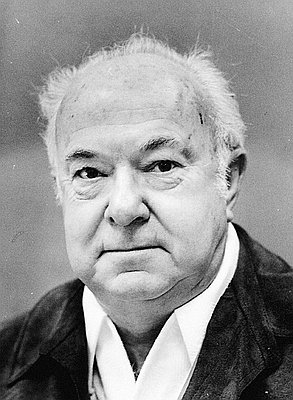
Kah-Nee-Ta Hot Springs
The Kah-Nee-Ta lodge and convention center, owned and operated by the Confederated Tribes of the Warm Springs Reservation, is located approximately eleven miles north of the town of …
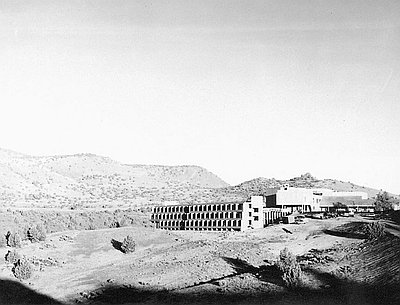
Ma Anand Sheela (b. 1950)
Ma Anand Sheela (also known as Ambalal Patel Sheela, Sheela Silverman, and Sheela Birnstiel) was the personal assistant to Rajneeshee sect leader Bhagwan Shree Rajneesh and the highly …

